Find Help
More Items From Ergsy search
-
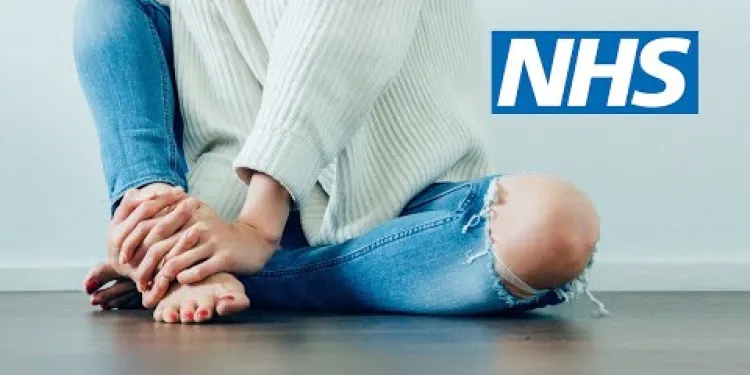
Heel pain | NHS
Relevance: 100%
-
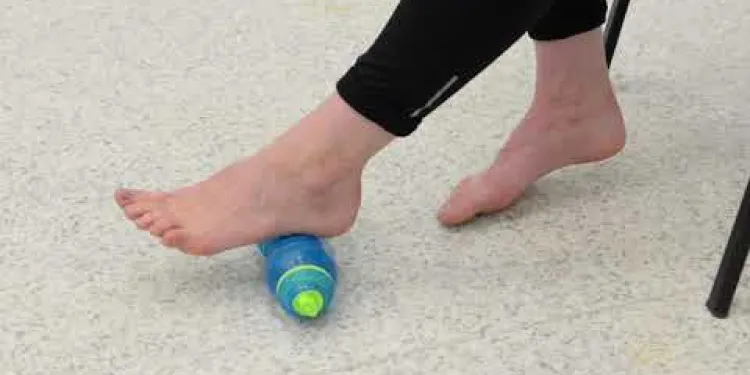
Foot Pain
Relevance: 46%
-

Is impetigo painful?
Relevance: 33%
-

Is a facelift painful?
Relevance: 32%
-

Is a mammogram painful?
Relevance: 32%
-

Shoulder pain | NHS
Relevance: 31%
-
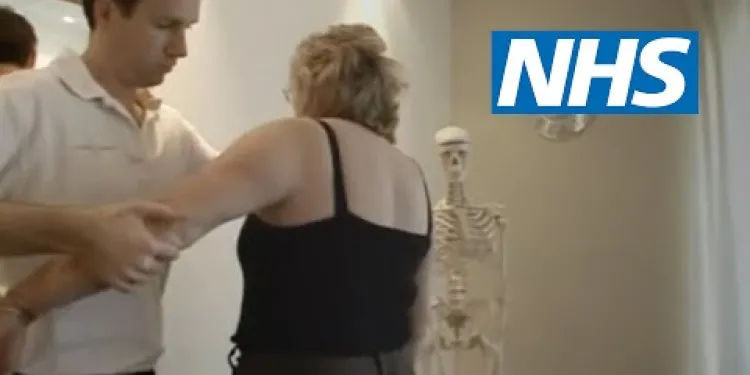
Shoulder pain | NHS
Relevance: 31%
-
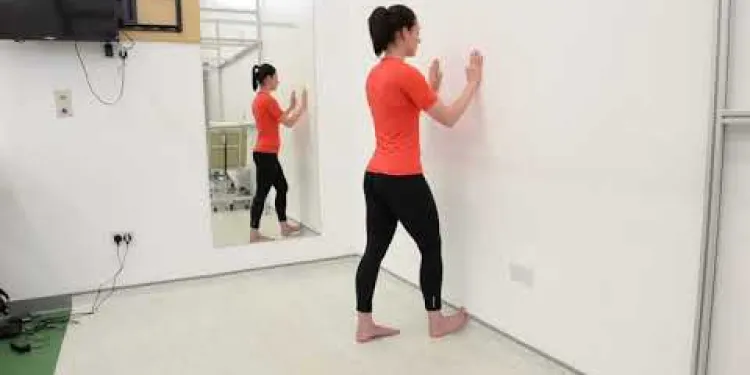
Plantar Fascia Wall Stretch
Relevance: 30%
-

Are chiropractic treatments painful?
Relevance: 30%
-
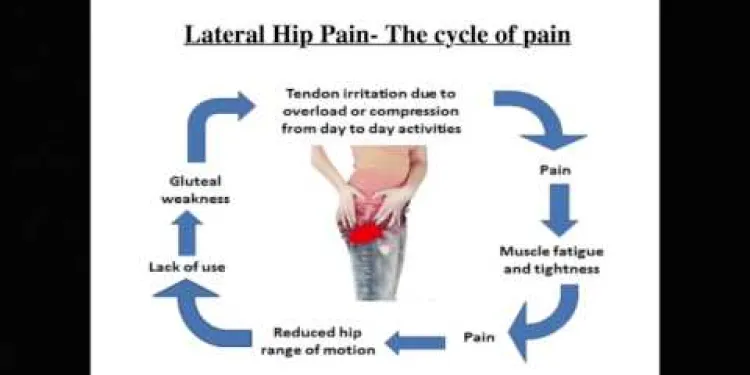
Advice - How to manage your lateral hip pain
Relevance: 29%
-

Mechanical Lower Back Pain
Relevance: 29%
-

Will I feel pain during the procedure?
Relevance: 29%
-
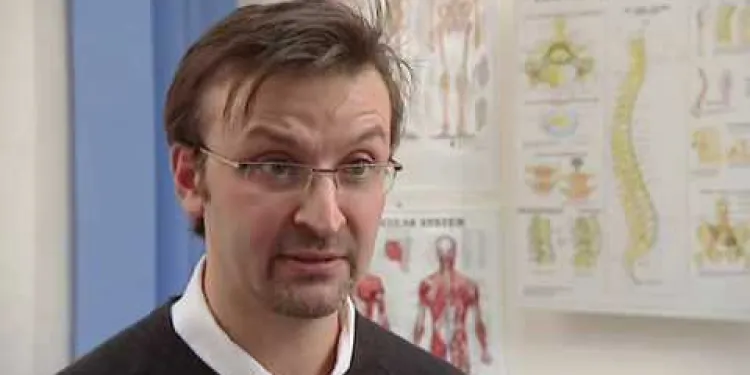
Advice on neck pain and whiplash
Relevance: 29%
-
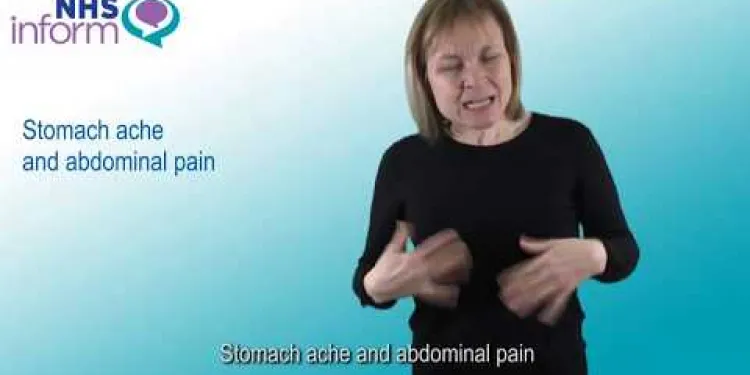
Stomach ache and abdominal pain
Relevance: 29%
-
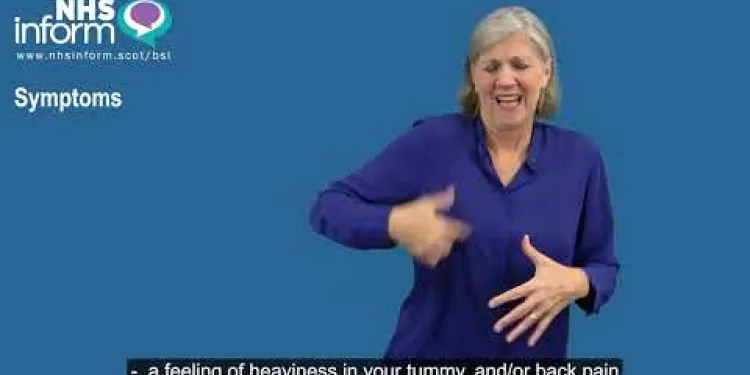
Period pain (dysmenorrhoea) - BSL
Relevance: 29%
-

Shoulder subacromial shoulder pain
Relevance: 29%
-
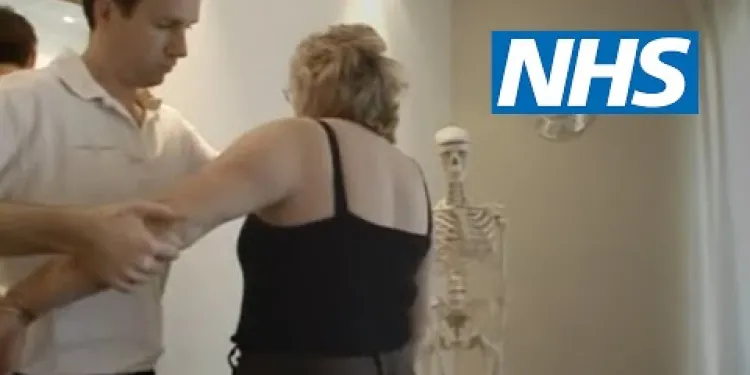
Shoulder pain | NHS
Relevance: 29%
-
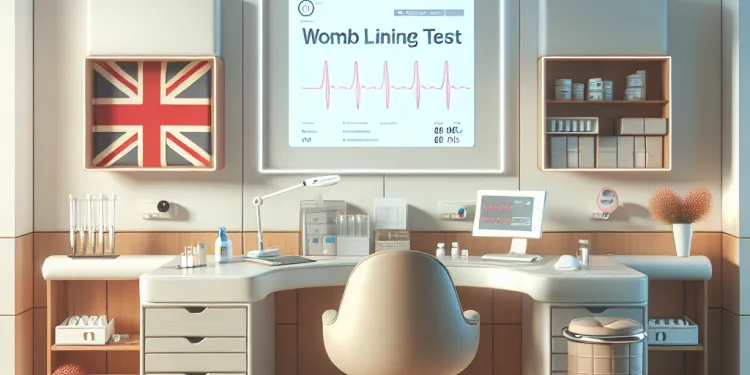
Is the womb lining test painful?
Relevance: 28%
-
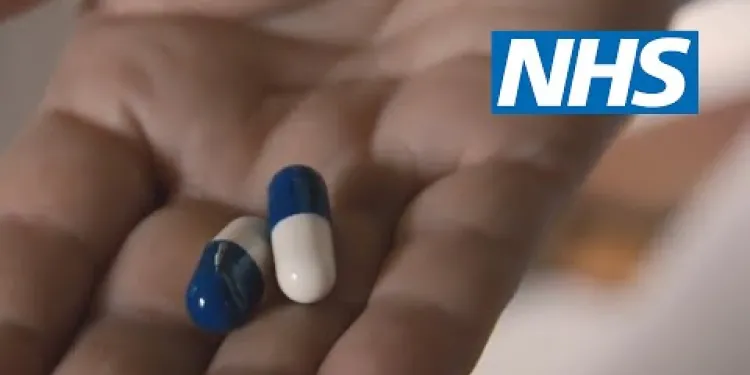
How to treat back pain | NHS
Relevance: 28%
-

How to deal with period pain | NHS
Relevance: 28%
-
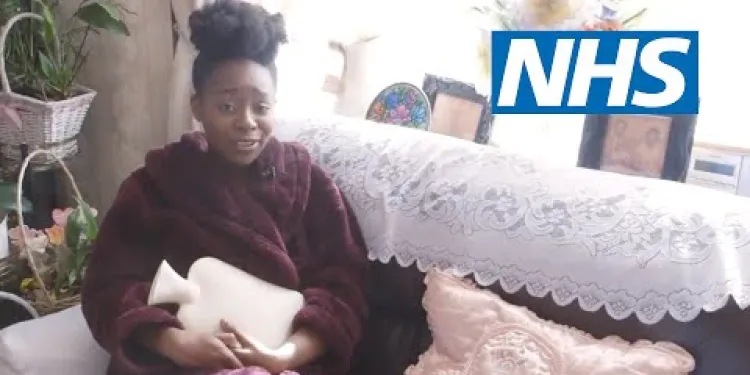
How to deal with period pain | NHS
Relevance: 28%
-
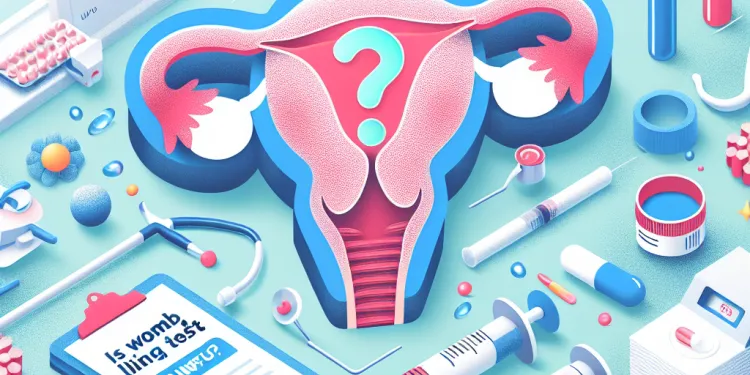
Is a womb lining test painful?
Relevance: 28%
-

How to deal with period pain | NHS
Relevance: 28%
-

How to deal with period pain | NHS
Relevance: 28%
-

How do chiropractors treat back pain?
Relevance: 27%
-

Greater trochanteric pain syndrome
Relevance: 27%
-

Can I use Ibuprofen for menstrual pain?
Relevance: 27%
-

How do NSAIDs work to reduce pain?
Relevance: 26%
-
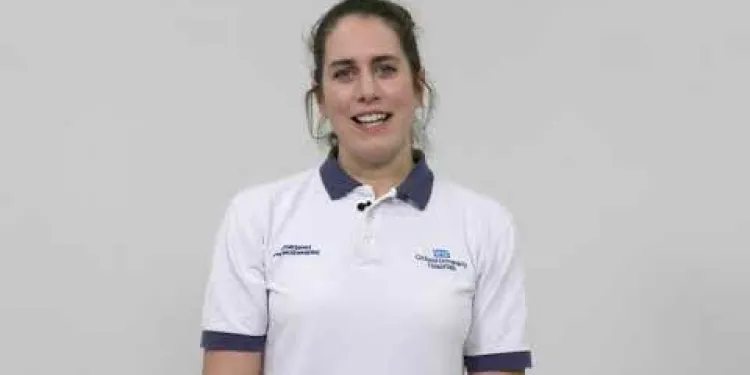
Pelvic Girdle Pain Advice Class
Relevance: 26%
-
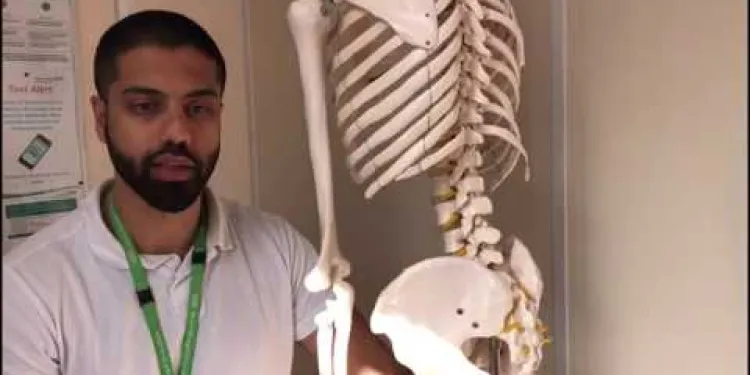
MSK Lower Back Pain information video
Relevance: 26%
-

Useful information for patients with lower back pain
Relevance: 26%
-

How can I manage pain after a C-section?
Relevance: 26%
-

What is the role of pain management in treating whiplash?
Relevance: 26%
-

Useful information for patients with lower back pain
Relevance: 26%
-
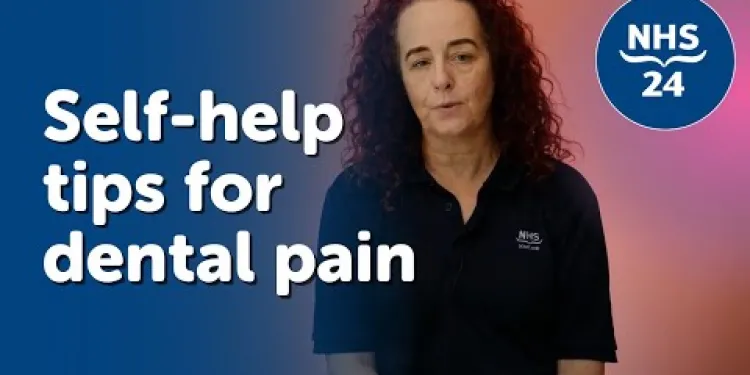
NHS 24 | Self-help tips for dental pain
Relevance: 26%
-
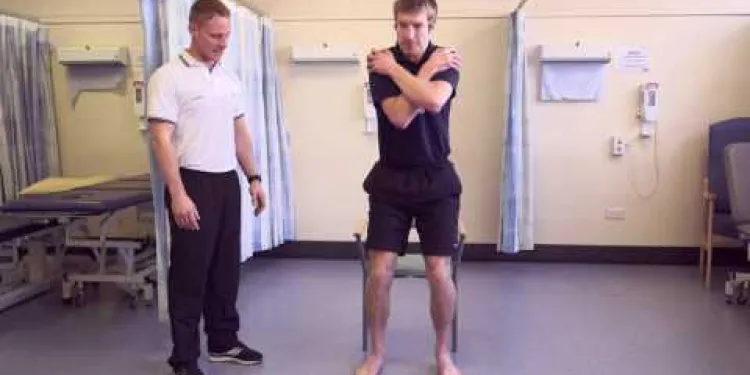
Exercises to help your lateral hip pain
Relevance: 26%
-

Where is the pain located when you have appendicitis?
Relevance: 25%
-
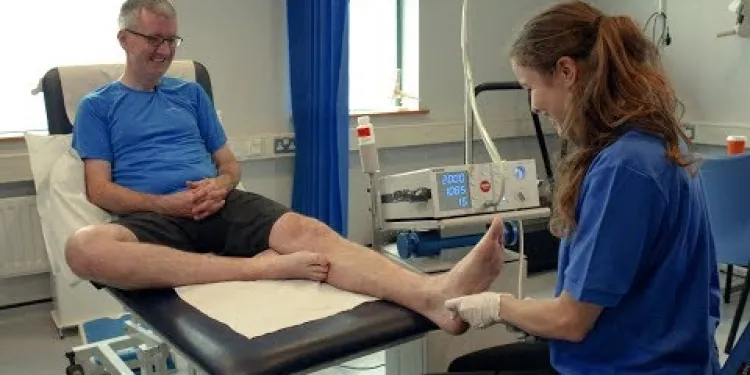
Plantar fasciitis
Relevance: 25%
-

Plantar fasciitis
Relevance: 25%
-
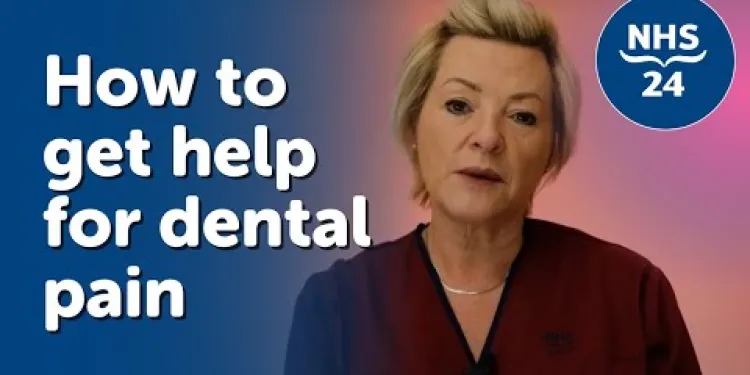
NHS 24 | How to get help for dental pain
Relevance: 25%
Heel Pain
Introduction to Heel Pain
Heel pain is a common problem that affects many people across the United Kingdom. It's often felt either behind or beneath the heel. Heel pain can be caused by a variety of factors ranging from simple wear and tear to more serious underlying conditions.
Common Causes of Heel Pain
One of the most common causes of heel pain is plantar fasciitis, an inflammation of the thick band of tissue that runs across the bottom of your foot. Other frequent causes include Achilles tendinitis, heel spurs, and bursitis. Conditions like arthritis, obesity, and ill-fitting shoes can also contribute to heel pain.
Symptoms to Look Out For
If you are experiencing heel pain, you may notice symptoms such as sharp pain under the heel, pain that worsens after rest but improves with activity, swelling, or even bruising. Pay attention to whether the pain is constant or comes and goes, as this can be helpful information for medical professionals.
Treatment Options
Treatment for heel pain typically begins with non-invasive approaches. Rest, ice application, and over-the-counter pain medications like ibuprofen can help manage pain. Special exercises to stretch the plantar fascia and Achilles tendon are often recommended. In some cases, orthotics or heel cups may provide relief. For persistent pain, physical therapy or even surgical options might be considered.
When to Seek Medical Advice
If your heel pain doesn't improve with simple home remedies or is severe enough to interfere with your daily activities, it's important to seek medical advice. A healthcare provider can offer a proper diagnosis and more targeted treatment options. Contact your GP or NHS 111 for guidance.
Preventing Heel Pain
Preventative measures to avoid heel pain include wearing supportive footwear, maintaining a healthy weight, and doing regular stretching exercises for your feet and legs. It's also advisable to avoid walking barefoot on hard surfaces for prolonged periods.
Heel Pain
Introduction to Heel Pain
Heel pain is when your heel hurts. Many people in the UK feel this pain. It can hurt at the back or the bottom of your heel. There are many reasons why your heel might hurt. Sometimes it is because of using your feet a lot, but it can also be a sign of something more serious.
Common Causes of Heel Pain
One common reason for heel pain is called plantar fasciitis. This is when the band of tissue under your foot gets sore. Other reasons include Achilles tendinitis (this is when the tendon at the back of your ankle is sore), heel spurs, and bursitis. Being overweight, having arthritis, or wearing shoes that don't fit well can also make your heel hurt.
Symptoms to Look Out For
When your heel hurts, you might feel a sharp pain under it. It can hurt more when you first stand up but feel better as you move. You might also see swelling or bruises. Notice if the pain is always there or if it comes and goes. This can help doctors understand what's wrong.
Treatment Options
To feel better, start with rest. Put ice on your heel and take medicine like ibuprofen to help with pain. Try exercises that stretch your foot. Special shoe inserts or heel cups can help too. If the pain doesn't go away, a doctor may suggest physical therapy or surgery.
When to Seek Medical Advice
If resting and home care don't help your heel pain, or if it's really bad and stops you from doing things, talk to a doctor. They can find out why your heel hurts and tell you what to do. You can call your GP or NHS 111 for help.
Preventing Heel Pain
To keep your heels from hurting, wear shoes that support your feet. Keep a healthy weight and do stretching exercises for your feet and legs. Try not to walk barefoot on hard floors for a long time.
Frequently Asked Questions
What are common causes of heel pain?
Common causes of heel pain include plantar fasciitis, Achilles tendinitis, bursitis, and heel spurs.
How can I relieve heel pain at home?
You can relieve heel pain at home by resting your foot, applying ice, using over-the-counter pain relief, wearing supportive shoes, and performing stretching exercises.
When should I see a doctor for heel pain?
You should see a doctor if your heel pain is severe, persistent, or if you have redness, swelling, or difficulty walking.
What is plantar fasciitis?
Plantar fasciitis is inflammation of the plantar fascia, the thick band of tissue that runs across the bottom of your foot and connects your heel bone to your toes.
What are some effective treatments for plantar fasciitis?
Effective treatments for plantar fasciitis include rest, ice, stretching exercises, orthotics, and in some cases, physical therapy.
Can heel pain be prevented?
Heel pain can be prevented by wearing properly fitting shoes, avoiding walking barefoot on hard surfaces, maintaining a healthy weight, and doing regular stretching exercises.
What are heel spurs?
Heel spurs are bony growths that develop on the bottom of the heel bone and can cause heel pain.
How are heel spurs treated?
Heel spurs are treated with rest, ice, pain relief, orthotics, and sometimes physical therapy or surgery if other treatments fail.
What is Achilles tendinitis?
Achilles tendinitis is inflammation of the Achilles tendon, which connects the calf muscles to the heel bone.
What are common symptoms of Achilles tendinitis?
Common symptoms of Achilles tendinitis include pain and stiffness in the back of the heel, especially in the morning or after activity.
How can you treat Achilles tendinitis?
Treatment for Achilles tendinitis includes rest, ice, stretching exercises, and sometimes physical therapy or orthotics.
What is bursitis in the heel?
Bursitis in the heel is inflammation of the bursa, a small fluid-filled sac that reduces friction between tissues in the foot.
How is heel bursitis treated?
Heel bursitis can be treated with rest, ice, pain relief, and sometimes physical therapy or corticosteroid injections.
Can exercise cause heel pain?
Yes, exercise, especially high-impact activities like running and jumping, can cause heel pain if done excessively or without proper footwear.
What kind of shoes are best for preventing heel pain?
Shoes with good arch support, cushioning, and a proper fit are best for preventing heel pain.
What makes your heel hurt?
Your heel might hurt because of:
- Standing or walking too much
- Wearing shoes that don't fit well
- Hurting your heel by falling or bumping it
- A thick band in your foot called the plantar fascia is sore
Here are some helpful things you can do:
- Rest your foot when it hurts
- Wear comfy shoes with good support
- Put ice on your heel to make it feel better
If your heel still hurts, a doctor can help you.
Heel pain can happen for many reasons. Some common reasons are:
- Plantar fasciitis
- Achilles tendinitis
- Bursitis
- Heel spurs
If you have heel pain, you can:
- Rest your foot
- Put ice on your heel to make it feel better
- Wear shoes that fit well
- See a doctor if it doesn't get better
How can I make my heel feel better at home?
You can make your heel feel better at home. Here’s how:
- Rest your foot. This means not walking on it too much.
- Put ice on your heel. This will help with the pain.
- Take medicine you can buy at the store to help with pain.
- Wear shoes that support your feet well.
- Do some stretches to make your heel feel better.
When should I see a doctor for pain in my heel?
If your heel hurts, sometimes you might need to see a doctor. Here’s when to go:
- If the pain is very strong.
- If it doesn't go away after a week.
- If it hurts a lot when you walk.
- If your heel is red or swollen.
Here are some things you can do to help:
- Rest your foot and try not to walk too much.
- Put ice on your heel to make it feel better.
- Wear shoes that are comfy and fit well.
See a doctor if your heel hurts a lot, doesn't stop hurting, or if it's red, swollen, or hard to walk on.
What is plantar fasciitis?
Plantar fasciitis is when your foot hurts. It hurts in the bottom part of your foot near the heel.
It happens because a band at the bottom of your foot, called the plantar fascia, gets tight or swollen.
If your foot hurts when you walk or stand, it might be plantar fasciitis.
Tools that can help include soft shoes and foot exercises. You can also try putting ice on the painful area.
Plantar fasciitis is when the thick band of tissue under your foot gets swollen. This band connects your heel bone to your toes.
How can you help heel pain from plantar fasciitis?
If your heel hurts because of plantar fasciitis, here are some ways to help:
- Rest: Give your foot a break. Try not to stand or walk too much.
- Ice: Put something cold, like a bag of ice, on your heel for 15 minutes. Do this a few times a day.
- Stretching: Stretch your foot and leg. This can help ease pain.
- Supportive Shoes: Wear shoes that fit well and have good support.
- Inserts: Use special pads inside your shoes to make them softer.
- Medicine: You can take medicine like ibuprofen to help with pain.
- Exercise: Do exercises that your doctor or physio person says are good for your foot.
Using simple step-by-step videos and pictures can help you understand these tips better. Ask someone you trust to go over them with you.
To help with plantar fasciitis, you can try:
- Rest: Take a break from activities that hurt your foot.
- Ice: Put ice on your foot to reduce pain and swelling.
- Stretching exercises: Do gentle stretches to help your foot feel better.
- Orthotics: Wear special shoe inserts to support your foot.
- Physical therapy: A therapist can show you exercises to help.
How can you stop your heel from hurting?
To stop your heels from hurting, wear shoes that fit well. Don’t walk barefoot on hard floors. Keep a healthy weight. Do some stretching exercises often.
What are heel spurs?
Heel spurs are hard bumps on your foot. They grow under your heel. They can hurt when you stand or walk.
If you find reading hard, try these tips:
- Use a ruler or finger to follow the words.
- Read out loud to help understand better.
- Ask someone to help you with tricky words.
Heel spurs are little bony lumps that grow on the bottom of your heel bone. They can make your heel hurt.
How do you treat heel spurs?
Heel spurs can hurt your foot. To help, you can:
- Rest your foot.
- Put ice on it.
- Take medicine to stop the pain.
- Use special shoe inserts.
- Do exercises with a physical therapist.
- If nothing helps, a doctor might do surgery.
What is Achilles tendinitis?
Achilles tendinitis means your ankle hurts. It happens when a big band at the back of your foot, called the Achilles tendon, gets sore or swollen.
If your ankle hurts, you can ask a doctor for help. You can also rest and put ice on it to feel better.
You might want to use simple stretches for your foot or wear special shoes.
If reading is hard, you can try listening to a person or asking someone to read with you.
Achilles tendinitis means your Achilles tendon is swollen and sore. This tendon is a band that connects the muscles in your lower leg to your heel.
What are common signs of Achilles tendinitis?
Achilles tendinitis can cause pain and swelling. You might feel it in your heel or lower leg. It's often worse in the morning or after exercise. Walking or running can hurt too. It's important to rest and see a doctor if it doesn't get better.
To help you understand better, you can:
- Look at simple pictures of the Achilles tendon and where it is in your leg.
- Watch videos that explain these symptoms using easy words.
- Talk to someone who can help explain it, like a doctor or a family member.
If you have Achilles tendinitis, you might feel pain and stiffness at the back of your heel. This pain is often worse in the morning or after exercise.
How can you help Achilles tendinitis?
If your Achilles tendon hurts, try these steps to feel better:
- Rest your leg.
- Use ice on the sore spot.
- Put up your leg to help it rest.
- Use a bandage to wrap your leg.
- Wear shoes that support your feet.
You can ask a grown-up or a doctor to help you with these steps. They can show you stretches and exercises. If it still hurts, a doctor can tell you other ways to help.
If your Achilles tendon hurts, you can help it get better by resting, putting ice on it, doing some special stretches, and sometimes working with a physical therapist or using special shoe inserts.
What is bursitis in the heel?
Bursitis in the heel means your heel hurts because it is swollen inside. There is something called a "bursa" in your heel. A bursa is like a small cushion that stops bones from rubbing. When a bursa gets too big, it is called bursitis.
If your heel hurts, you can:
- Rest your foot and keep it up
- Put ice on the heel
- Ask a grown-up to help you see a doctor
A doctor can give you more help to make it better.
Bursitis in the heel means the heel is sore and swollen. This happens when a small, fluid-filled sac called a bursa gets inflamed. The bursa helps to stop rubbing between parts of the foot.
How do you treat heel bursitis?
You can help heel bursitis by taking breaks, using ice, taking medicine for pain, and sometimes seeing a physical therapist or getting special doctor injections.
Can exercise make your heel hurt?
Yes, exercising can make your heel hurt. This can happen if you do too much running or jumping, especially if your shoes aren't right.
What shoes can stop heel pain?
Heel pain means your foot hurts at the back. Good shoes can help. These shoes should be comfy and fit well.
Here are some things to look for in shoes that stop heel pain:
- Soft padding inside
- Strong support for your heel
- A little lift at the back
- Bendy and not stiff
Try using special shoe inserts or cushions to help feel better.
Shoes that keep your feet comfy can stop your heels from hurting. Make sure they feel nice and soft inside. Also, check that they fit your feet well. This will help your feet feel better.
Useful Links
- Ergsy carfully checks the information in the videos we provide here.
- Videos shown by Youtube after a video has completed, have NOT been reviewed by ERGSY.
- To view, click the arrow in centre of video.
- Most of the videos you find here will have subtitles and/or closed captions available.
- You may need to turn these on, and choose your preferred language.
- Go to the video you'd like to watch.
- If closed captions (CC) are available, settings will be visible on the bottom right of the video player.
- To turn on Captions, click settings .
- To turn off Captions, click settings again.
More Items From Ergsy search
-

Heel pain | NHS
Relevance: 100%
-

Foot Pain
Relevance: 46%
-

Is impetigo painful?
Relevance: 33%
-

Is a facelift painful?
Relevance: 32%
-

Is a mammogram painful?
Relevance: 32%
-

Shoulder pain | NHS
Relevance: 31%
-

Shoulder pain | NHS
Relevance: 31%
-

Plantar Fascia Wall Stretch
Relevance: 30%
-

Are chiropractic treatments painful?
Relevance: 30%
-

Advice - How to manage your lateral hip pain
Relevance: 29%
-

Mechanical Lower Back Pain
Relevance: 29%
-

Will I feel pain during the procedure?
Relevance: 29%
-

Advice on neck pain and whiplash
Relevance: 29%
-

Stomach ache and abdominal pain
Relevance: 29%
-

Period pain (dysmenorrhoea) - BSL
Relevance: 29%
-

Shoulder subacromial shoulder pain
Relevance: 29%
-

Shoulder pain | NHS
Relevance: 29%
-

Is the womb lining test painful?
Relevance: 28%
-

How to treat back pain | NHS
Relevance: 28%
-

How to deal with period pain | NHS
Relevance: 28%
-

How to deal with period pain | NHS
Relevance: 28%
-

Is a womb lining test painful?
Relevance: 28%
-

How to deal with period pain | NHS
Relevance: 28%
-

How to deal with period pain | NHS
Relevance: 28%
-

How do chiropractors treat back pain?
Relevance: 27%
-

Greater trochanteric pain syndrome
Relevance: 27%
-

Can I use Ibuprofen for menstrual pain?
Relevance: 27%
-

How do NSAIDs work to reduce pain?
Relevance: 26%
-

Pelvic Girdle Pain Advice Class
Relevance: 26%
-

MSK Lower Back Pain information video
Relevance: 26%
-

Useful information for patients with lower back pain
Relevance: 26%
-

How can I manage pain after a C-section?
Relevance: 26%
-

What is the role of pain management in treating whiplash?
Relevance: 26%
-

Useful information for patients with lower back pain
Relevance: 26%
-

NHS 24 | Self-help tips for dental pain
Relevance: 26%
-

Exercises to help your lateral hip pain
Relevance: 26%
-

Where is the pain located when you have appendicitis?
Relevance: 25%
-

Plantar fasciitis
Relevance: 25%
-

Plantar fasciitis
Relevance: 25%
-

NHS 24 | How to get help for dental pain
Relevance: 25%


